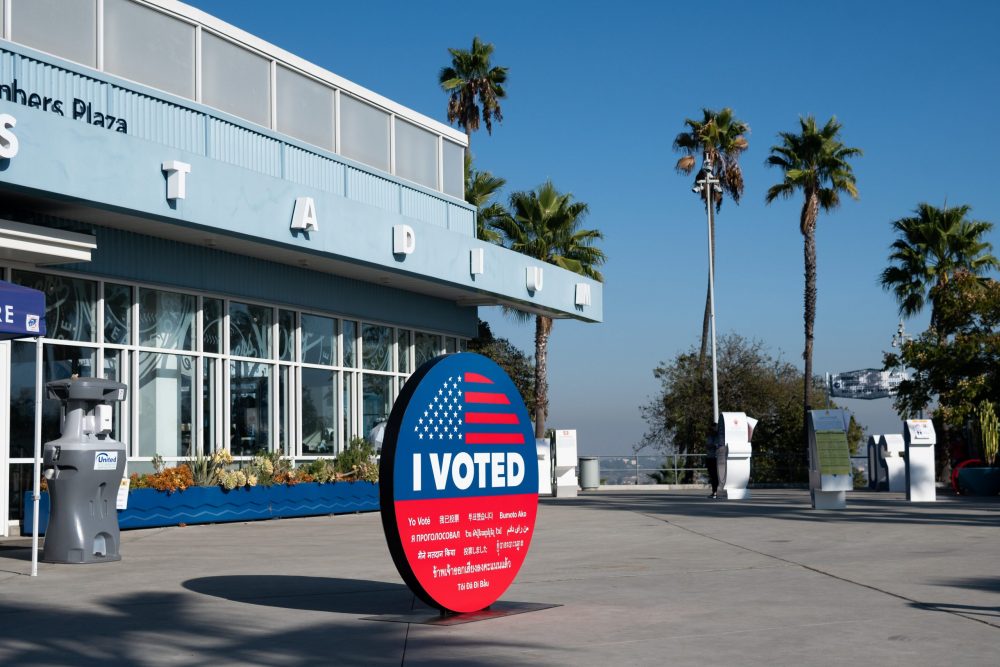This November, a number of Maryland cities held local elections, including Annapolis, College Park, Frederick, Gaithersburg and Greenbelt. A CNS analysis showed how these cities’ local elections reflect the national trend of increased mail-in voting.
Prior to this year’s local elections, voting was typically separated into three categories: early in-person voting, absentee voting and in-person voting on Election Day. This year, absentee voting was replaced by mail-in voting.
Michael Hanmer, a government and politics professor at the University of Maryland, explained that with absentee voting, voters can apply for an absentee ballot if they know they will not be able to vote at the polling location on Election Day. Mail-in voting is when a location decides that every registered voter in the area will be mailed a ballot, he said.
During elections in Frederick this year, 88.3 percent of votes were submitted via mail, including provisional ballots. The previous election in 2017 had only 2.9 percent absentee ballots, excluding provisionals.
Annapolis had the second highest percent of mail-in votes, standing at 79.5 percent. This was a significant increase from the percent of absentee ballots in 2017 of 6 percent.
Gaithersburg also saw a memorable increase: 66.2 percent in 2021 compared to 4.5 percent in their 2019 elections.
Greenbelt had the lowest increase in mail-in voting, with 21.4 percent in 2019 and 45.5 percent in 2021. They were the only city CNS analyzed that had more in-person ballots than mail-in ballots cast in 2021.
College Park did not have ample data to compare a difference between years. Mail-in voting stood at 55.4 percent in its 2021 local elections.
Maryland’s local elections not only reflected the national trend, but generally surpassed it.
Data collected from the Massachusetts Institute of Technology Election Data and Science Lab shows a significant increase between 2016 and 2020 of mail-in and absentee voting during Election Day.
In 2016, roughly 22.5 percent of votes during Election Day were mail-in or absentee, while in-person voting stood at 60 percent. In 2020, the number of mail-in and absentee ballots doubled with roughly 50 percent, and in-person votes plummeted to roughly 26 percent.

Based on collected data, voters seem to be shifting toward options like early voting and mail-in ballots in increasing numbers, though the overall number of people voting has not notably changed.
“The evidence is largely mixed, but it tilts in the direction of suggesting that, especially for local elections, mail-in ballots can have a small, positive effect,” Hanmer said.


You must be logged in to post a comment.